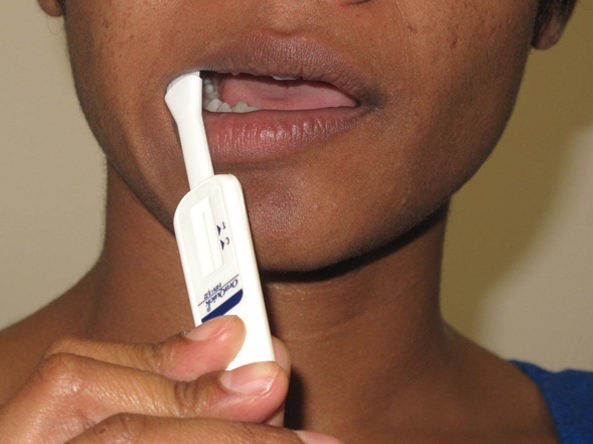HIV is one of the incurable diseases which was first identified in 1985. HIV is one of the biggest global pandemics which has taken people’s lives. It is safe to say that we have embraced the reality that HIV may never go away. This being the case, scientists and researchers have embarked on endless HIV-related research to find solutions to some of its problems.
According to scientists, early detection of this virus is paramount in the fight against this pandemic. In trying to help prevent and treat HIV, the United Nations (UN) introduced self-testing to increase the testing rate and mission of the UN 2020 target track.
Despite the expansion of HIV testing and treatment programmes, research shows that in 2015–2016, the proportion of undiagnosed HIV was 46% among HIV-positive adolescents and young adults aged 15–24 years which is the highest across age groups. This shows that one-quarter of people living with HIV remained unaware of their HIV status.
Door-to-door test kits were introduced to help people test themselves and know their status whenever and wherever without having to visit health facilities. This method saves time and money, just to mention a few. This being the case, still, one may ask whether this method is effective or not.
To answer this question, Pitchaya Indravudh and other researchers embarked on a study from 2016-2018 to evaluate the effectiveness and safety of door-to-door distribution of HIV self-testing (HIVST) kits in rural Malawi. The findings of this study were published in the ‘BMJ Global health’ which was issued on 9August 2021.
The study was based in 22 government primary health centres and their defined areas in four high HIV prevalence districts (Blantyre, Machinga, Mwanza, Neno). With 11 clusters per arm and 250 participants per cluster, this research had a significance level to detect a 30% relative increase in the primary outcome of recent HIV testing in the HIVST arm. This study also powered to identify a 45% relative increase in lifetime HIV testing in the HIVST arm.
The HIVST intervention was delivered for at least 12 months within the evaluation area of eligible health facilities before expanding to the rest of the facility catchment area. HIVST kits were distributed by existing Community Based Distribution Agents (CBAS), who provided reproductive health products before HIVST distribution.
According to this research, it was discovered that reaching high coverage of HIV testing remains essential for HIV diagnosis, treatment, and prevention. Furthermore, door-to-door HIVST increased recent, and lifetime testing at a population level and showed high safety.
The main strength of this study was the use of a robust cluster randomised design to report on the effectiveness and safety of large-scale implementation of community-based HIVST. However, one of the limitations in this study was that HIV testing outcomes were self-reported and therefore susceptible to misreporting.
It can therefore be concluded that door-to-door HIVST demonstrates significant potential which contributes to HIV elimination goals in priority settings. Further, as countries approach the ‘First 90’ targets, this approach could be adapted for periodic implementation to meet the ongoing need for HTS in settings with high undiagnosed HIV.
For more information on the paper that Pitchaya Indravudh et al wrote, please read here.


